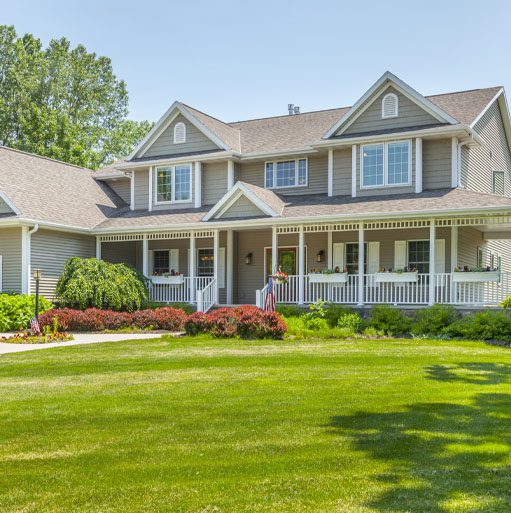The manufacturing process and transportation of your roofing materials to your home can have an impact on the environment, but you can’t choose your roofing materials based solely on how they’re manufactured. The roof’s performance and environmental impact throughout its life are crucial considerations.
Here are some of the environmental impacts that your roof can have after its installation.
Urban Heat Island Effect
The urban heat island effect is most pronounced in large cities, but it can occur anywhere that man-made structures, roads, and other hot surfaces exist. This effect is created when the sun’s heat is absorbed into these surfaces, which raises the ambient temperatures in the area.
Exhaust from vehicles, rejected heat from AC systems, and other sources of heat also contribute to the urban heat island effect. As you can imagine, attacking any of these sources can help reduce the effect. So if you choose a roof that’s highly reflective and doesn’t absorb sun as heat, you reduce your personal contribution to the urban heat island.
Reducing the urban heat island effect could also help you save energy, because the hotter your outdoor temperatures are, the more energy your AC will have to use to keep you cool.
HVAC Efficiency
If your roof absorbs the sun’s heat and transfers it to your attic, you’ll spend more money running your AC throughout the summer. Different types of roofing vary widely in how much of the sun’s heat they’ll put into your home.
For example, a black asphalt roof will absorb a lot of heat both because of its material and its extremely dark surface. A roof that’s a lighter gray asphalt, a cooler material altogether, or coated with a white cool roof coating, can help increase the effectiveness and even efficiency of your AC.
Stormwater Runoff
Different types of roofs are likely to put different types of pollution into your stormwater runoff. For instance, metal roofs such as copper or zinc (or asphalt roofs with copper or zinc anti-moss strips) may leach metals into the water. Nitrogen and ammonia are two examples of other contaminants that roof materials may leach into the water.
One of the best types of roof for stormwater management purposes is a living roof, also called a green roof. These types of roof have plants living in a growing medium across the roof. The growing medium and plants absorb some of the stormwater and help to actually remove pollutants from the stormwater.
Landfilling Versus Recycling
After your roof has served its time and provided years and hopefully decades of service, you’ll need to think about disposal as you plan to replace it with a new roof. Some roof types are easier to dispose of in an eco-friendly manner than others. For instance, a clay tile roof may be reclaimable, providing some materials for another roof in future.
Metal and asphalt shingles can be recycled, as well as many other roof types such as single-ply membrane and concrete. Anytime you need to replace your roof, be sure to discuss the possibilities for your old roof with your roof contractor.
If your old roof can find a second life (whether through reclamation, recycling, or reuse in landscaping), that means it won’t take up space in a landfill. In addition, any second life for your roofing materials may allow it to reduce demand for virgin material mining and processing. This preserves the Earth’s resources and reduces energy use.
As you can see, different roofing types of roof materials can have different environmental impacts through the lifetime of your roof as well as at the end of its lifespan.
Whether you’d like to green your existing roof or replace the whole thing in an environmentally friendly manner, get in touch with Seagate Roofing and Foundations Services today.

